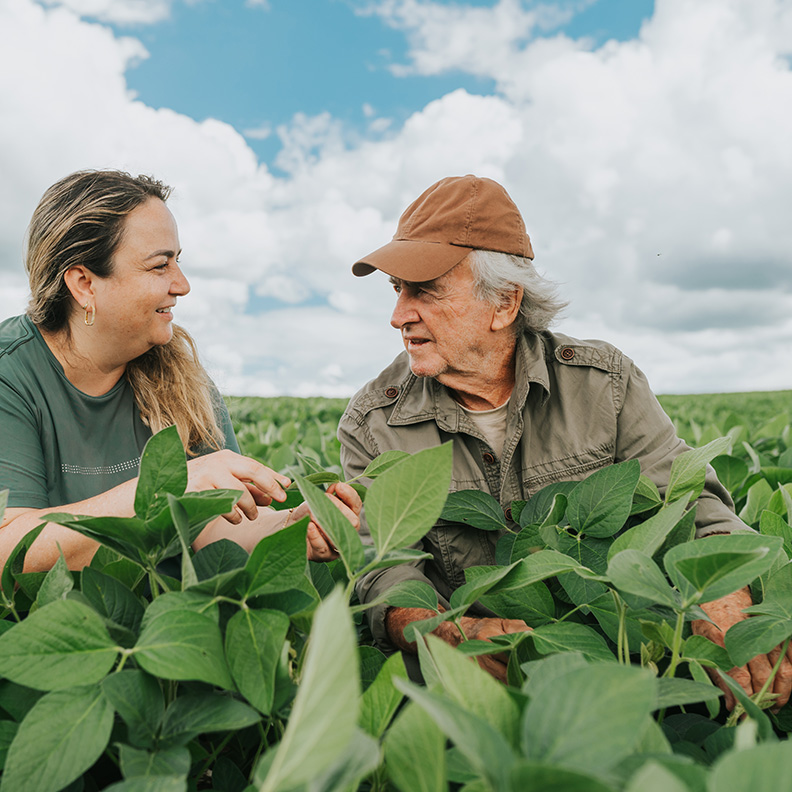Like with planting and growing crops, preparing for your farm’s future takes careful planning and attention to detail. Developing a comprehensive transition strategy is critical in these efforts.
Of course, a big part of your strategy should focus on finances and ensuring you’re comfortable in retirement as the time nears. This means creating a wealth plan geared toward both short-term gains as well as long-term sustainability. Let’s take a closer look at how to accomplish these goals.
Think about what to sell
One of your first orders of business should be thinking about selling off assets you may no longer need, including your last year’s worth of harvested crops, equipment and land.
When selling crops, many farmers like to put some surplus in bins and sell it over time, if possible, to spread out the taxes on these sales.
With equipment and land, you should first determine what you might want to keep if you’re passing your operation on to a younger family member. If you have excess equipment to sell, it can work well to take a contract-for-deed or installment approach to transactions to spread out your income. Excess land can also be sold, though you may want to consider whether to rent out some acreage instead. An experienced ag banker can help you with these decisions.
Focus on your estate plan
From a long-term perspective, a sound estate plan will help your transition go smoothly. If you have children, and if one or more of them may inherit the operation, your estate plan should spell out the details.
Generally speaking, there are two primary paths to follow: splitting an inheritance equally or unequally. There isn’t really a right or wrong answer, as your best option will largely depend on what makes the most sense for your family. For instance, if you have multiple children and they all plan on continuing the farm operation together, you may want to split both your land and other assets equally between them. However, if only one child wants to remain involved with the farm, you may want to consider an unequal split where that individual inherits all of the land, while your other children split remaining assets such as cash and retirement funds.
Once you decide how you want to divvy things up, you’ll need to select the right instrument for the job, which is typically either a will or a trust. While similar, there are a few differences between the two, such as the fact that wills only go into effect after someone passes while trusts are implemented as soon as they’re signed. Wills also must go through the probate process in court, which is something trusts often avoid.
Because of these factors, a trust is a common tool for any farmer who wants to keep land within their family and continue to manage assets during their lifetime. Trusts can be either revocable, meaning they can be changed once established, or irrevocable. Work with a knowledgeable wealth advisor to learn more about wills and trusts and pick the right option for your needs.
Taking these steps to both sell off short-term assets and create a long-term estate plan should set you on your way to a successful farm transition.

